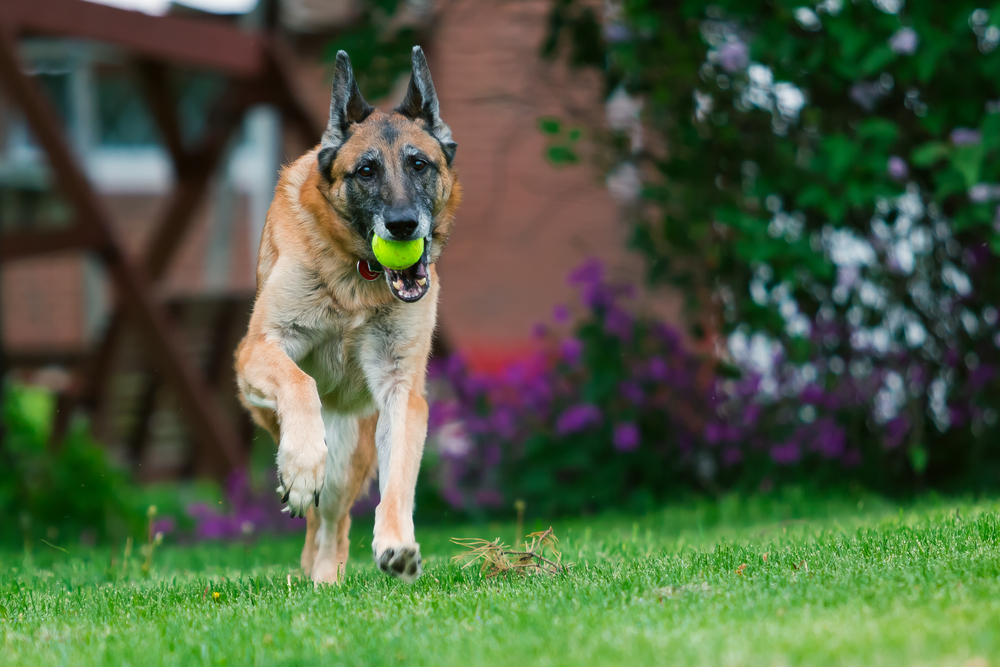As your pet reaches old age, your thoughts may turn to the inevitable—the passing of your beloved companion—and knowing the end is near is difficult to process. Many quality-of-life assessment tools are available to help you objectively evaluate your senior pet’s quality of life by assessing their happiness and comfort level, and to prevent unnecessary pain and suffering. One of the most common quality-of-life assessment tools is the Hurt, Hunger, Hydration, Hygiene, Happiness, Mobility, More good days than bad (HHHHHMM) scale, developed by Dr. Alice Villalobos. Whether you choose palliative and hospice care for your pet as they near the end of their life, or believe that humane euthanasia will be the appropriate choice when the time comes, our Animal Hospital of Council Bluffs team recommends you follow the HHHHHMM scale’s seven factors to evaluate your pet’s quality of life.
#1: Hurt
As pets age, their bodies begin to show a lifetime’s wear and tear, which may be evident in crippling osteoarthritis pain. Limping, lameness, and difficulty walking, rising, and lying down are common osteoarthritis signs in pets. Pets in pain are often unable to perform their favorite activities—playing and jumping up on the couch—or basic functions, such as crouching to reach their food and water bowls, and eliminating properly.
While osteoarthritis is the most common painful condition in pets, other health issues, such as dental disease, cancer, and chronic ear, urinary, or skin infections, can also cause discomfort. While a range of therapies can alleviate pets’ pain, some conditions may not respond well to medications or treatments, especially in a disease’s end stages. Chronic pain can significantly decrease your pet’s quality of life.
#2: Hunger
Many senior pets’ appetite decreases as they age, because their energy needs have decreased, or because they have a medical condition. Certain health issues, such as kidney failure, cause pets to become nauseous, so they avoid eating and may not receive enough nutrition. In addition, many cancers and pain medications cause digestive problems. Fortunately, you have many options to encourage your pet to eat—hand feeding, switching food brands and flavors, incorporating canned pet food or baby food, or home cooking can help. In some cases, pets need advanced nutritional support, which can be provided through a feeding tube. The time to make a decision about your pet’s declining quality of life arrives once your pet shows no interest in food, and cannot take in enough nutrition to maintain their bodily processes.
#3: Hydration
If your pet is not eating enough, they may also not be drinking enough to stay hydrated. Conditions that cause vomiting, diarrhea, or increased urination (e.g., kidney disease, gastrointestinal disease, diabetes) can make it challenging for your pet to take in enough fluid to keep up with losses. Some pets tolerate regular subcutaneous fluid administration to stay hydrated, while others refuse this treatment. If you struggle to administer fluids to your pet, they may be unable to stay adequately hydrated.
#4: Hygiene
Pets who experience decreased mobility and elimination issues often have problems staying clean. A large dog’s incontinence can be difficult to manage, and they can suffer from chronic skin and urinary tract infections if you are unable to keep them clean. In addition, if your pet is unable to move easily, they can develop pressure sores unless you regularly assist them in rolling from side to side.
#5: Happiness
You know your pet’s mood best. Does your pet still express joy and show interest in the environment around them? Do they respond to social interaction and want to be around the family? Or, is your pet depressed, anxious, bored, or afraid? Pets with limited mobility, or those with incontinence issues, may feel lonely if you place their bed in an out-of-the-way room, so place your pet’s bed where they can still feel like they are part of their family who are happy to interact with them.
#6: Mobility
Senior pets commonly experience decreasing mobility, and many options are available to help your pet get up and move. However, if your pet is large, helping them walk and eliminate appropriately can be challenging. You can try using a cart, sling, or harness to help your pet with mobility issues, but if none of these is feasible, you may be unable to keep them clean after eliminating, and they can become depressed and unhappy.
#7: More good days than bad

While you can evaluate certain aspects of your pet’s health to assess their quality of life, you should also consider their overall happiness. When bad days outnumber good days, your pet’s suffering is significant, and their quality of life is poor.
Assessing your senior pet’s quality of life can be difficult, especially when trying to remain objective. For help evaluating your pet’s comfort and happiness, schedule an appointment with our Animal Clinic of Council Bluffs team.






Leave A Comment